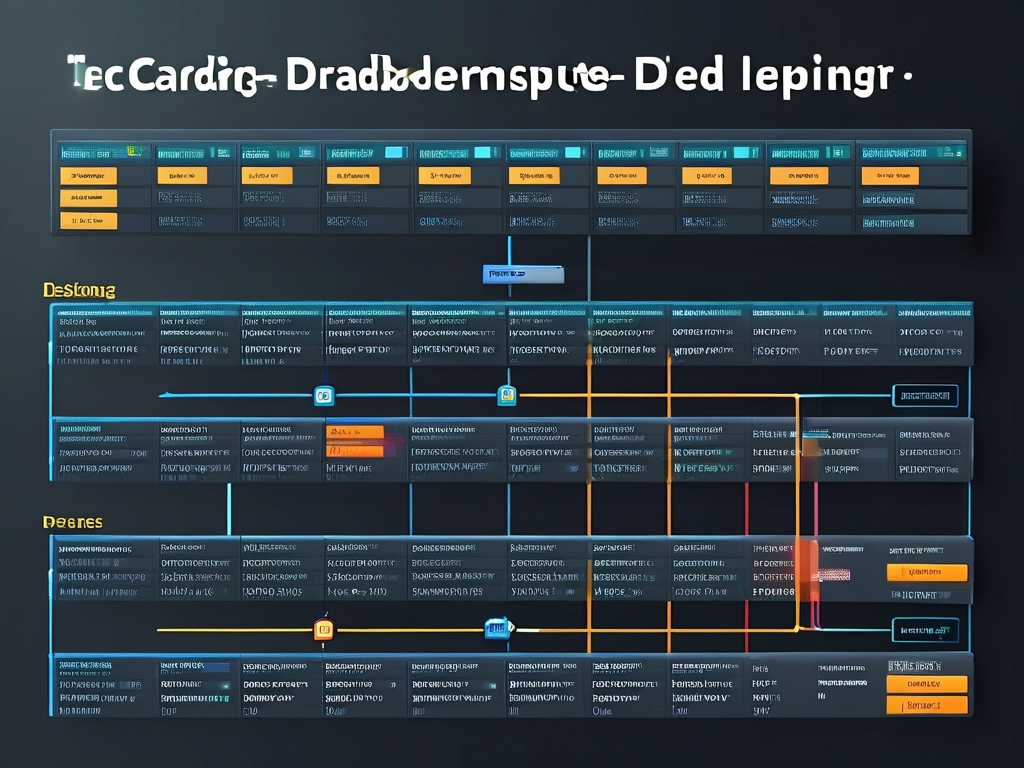In today's data-driven world, the role of database advanced application development tools has become indispensable for enterprises aiming to streamline operations and enhance scalability. These tools empower developers to design, optimize, and manage complex database systems while integrating cutting-edge functionalities. This article explores their transformative impact, key features, and practical implementation strategies.

The Evolution of Database Development
Traditional database management relied heavily on manual scripting and rigid architectures. Modern tools, however, leverage automation, AI-driven analytics, and cloud-native capabilities to address dynamic business needs. For instance, platforms like Apache Kafka and Snowflake enable real-time data streaming and elastic scaling, reducing latency and infrastructure costs. Developers now prioritize tools that support hybrid environments, ensuring compatibility across on-premises and cloud-based systems.
Core Features of Advanced Tools
-
Intelligent Query Optimization
Advanced tools employ machine learning to analyze query patterns and automatically refine execution plans. This minimizes resource consumption while maximizing performance. For example:-- Traditional vs. optimized query SELECT * FROM orders WHERE YEAR(order_date) = 2023; -- Optimized version using index scan SELECT * FROM orders WHERE order_date BETWEEN '2023-01-01' AND '2023-12-31';
-
Low-Code/No-Code Interfaces
Tools like Microsoft Power Apps and Airtable democratize database development by enabling non-technical users to build applications through visual workflows. This accelerates prototyping and reduces dependency on specialized coding skills. -
Cross-Platform Integration
Modern solutions seamlessly integrate with APIs, IoT devices, and third-party services. A retail company, for instance, might use Oracle APEX to synchronize inventory databases with e-commerce platforms and logistics APIs, creating a unified ecosystem.
Case Study: FinTech Data Pipeline Optimization
A leading financial institution faced challenges processing terabytes of transactional data daily. By adopting Amazon Redshift and Talend, they automated ETL (Extract, Transform, Load) workflows and reduced processing time by 62%. The solution included:
- Real-time fraud detection using predictive models
- Automated report generation for regulatory compliance
- Dynamic scaling during peak transaction hours
Challenges and Best Practices
While advanced tools offer immense benefits, organizations must navigate pitfalls such as vendor lock-in and skill gaps. Mitigation strategies include:
- Adopting open-source frameworks like PostgreSQL for flexibility
- Investing in continuous team training
- Implementing phased migration to avoid system disruptions
Future Trends
Emerging technologies like blockchain-based databases and quantum computing-ready systems are redefining the landscape. Tools incorporating edge computing support—such as SQLite with WASM integration—are gaining traction for decentralized applications.
Database advanced application development tools are no longer optional but critical for competitive agility. By embracing these technologies, organizations can unlock unprecedented efficiency, innovation, and scalability. As the field evolves, staying ahead requires a blend of strategic tool selection, workforce upskilling, and adaptive architecture design.







